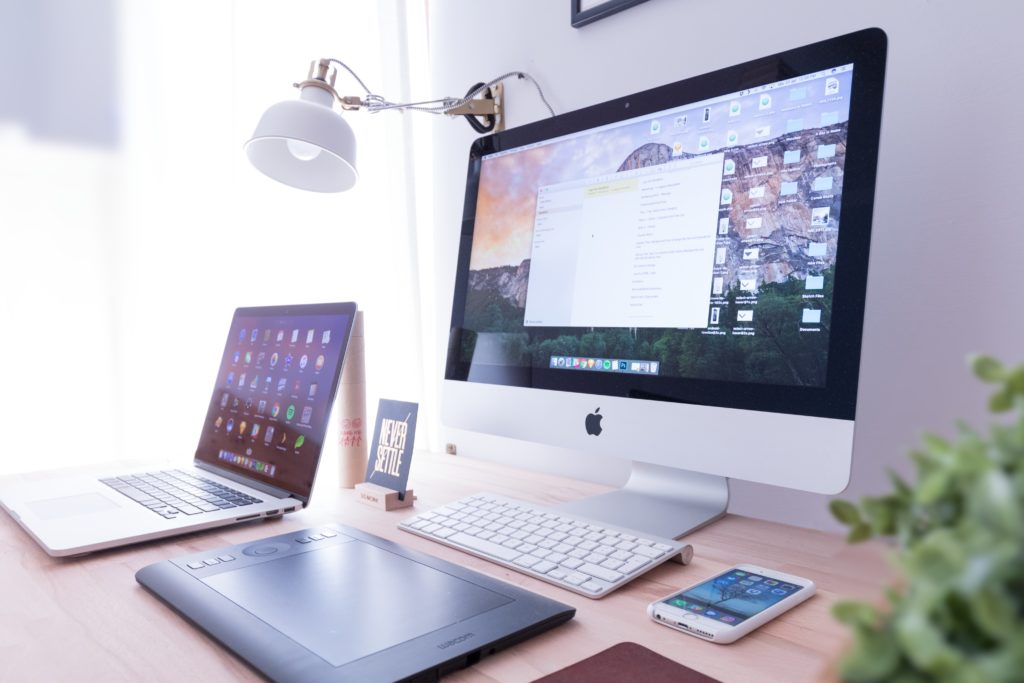Responsive web design is the best way to make your website look great on any mobile device. If you’ve just stepped into the world of web design and still have no idea what responsive web design is or how to make a responsive web page, you’ve come to the right place.
Responsive web design is no longer optional; sites have to be responsive these days. Thankfully, RWD is easier than ever to implement as many great tools help you create and test your designs and ensure you create the best user experience.
Responsive web design, also called RWD, is an approach using HTML and CSS that makes web pages respond to different devices or screen sizes. With RWD, even if your design is meant for the web, there is no need to create new designs for the iPhone, iPad, or any other mobile device. With one responsive web page, it will look good on all devices.
Responsive web design is essential nowadays.
– It makes your site mobile-friendly
Your users are likely to visit your site on mobile devices, so you need to make your web pages responsive to provide your users with a good user experience.
– It helps to get leads
Building a website with a responsive design can help to improve your rankings in search engines, so you will get more organic traffic and leads.
– It’s easy to maintain at a lower cost
You don’t need to manage two (or more) separate sites. Create a responsive site that works on both web and mobile, so it is easy to maintain, and you can save on costs.
– It makes your website more flexible
If your website is responsive, your users can change the pages quickly and easily. There is no need to resize, scroll, zoom in and out, etc.
01. Responsive typography tips
Responsive web design naturally needs responsive typography to go with it. But what does that even mean, and how do you implement it? Typography is the appearance of text; we’re dressing text up. The purpose of dressing is to make the wearer appealing enough to attract a conversation but not hold so much attention that the other party becomes distracted from the conversation.
Likewise, the purpose of typography is to enable readers to focus and immerse themselves in the content of the text. Good typography, by definition, is typography that helps text fulfil its purpose of communication.
Two things must happen for readers to focus and immerse themselves in the text. First, the typography must convey appropriate (if any) emotion. Second, the text must be easy to read. This brings us to four essential properties you need to get right.
- Font family
- Font size
- Line height (also called leading)
- Text width (also called text measure)
02. The Layout Structure
Designing the website layout is always the first step. You don’t have to think of a responsive design at this stage yet. Just focus on building the website layout. You can use a website layout template or a prototyping tool to quickly finish the skeleton of your website. For extreme size changes, we may want to change the layout through a separate style sheet or, more efficiently, through a CSS media query. This does not have to be troublesome; most styles can remain the same, while specific style sheets can inherit these styles and move elements around with floats, widths, heights, etc.
03. Design a responsive site with em-based sizing
Build your pages, so the design doesn’t break if the font size changes. Using em units for font sizing, you can design components on the page that respond automatically should the font size change. Then, with a clever trick for a responsive font size, you can produce an entire page that adjusts dynamically based on the browser’s viewport width. So it is crucial to learn how to leverage ems ‘relative’ behaviour to create scalable and responsive designs.
04. Priority guides: a content-first alternative to wireframes
Learn why you should be using priority guides rather than wireframes. Wireframes may be the most widely-used tool for designing websites, apps, and other digital interfaces, but they’re not without their drawbacks, particularly regarding responsive design. A preferred alternative to wireframes is priority guides, which contain content and elements for a mobile screen, sorted by hierarchy from top to bottom without layout specifications.
05. Create a responsive layout using HTML and CSS
This is where you make your website responsive. You need to use development languages like HTML and CSS in this stage. Build a great-looking portfolio site suitable for all viewports. Responsive Web Design uses HTML and CSS to resize, hide, shrink, or enlarge a website to make it look good on all devices (desktops, tablets, and phones). A responsive web designer has to use flexible media techniques. This enables adapting images and other media to load per the demands of different devices. The image loading takes place by using the CSS overflow property or scaling. In CSS, scaling is a straightforward technique, one of the basic web design techniques for responsive websites. The designer sets the media element’s maximum width at 100 per cent. This enables the web browser to expand the image and shrink per the device’s requirements and content. But the designers can also crop an image with CSS as an alternative to scaling media. The images can be cropped dramatically to fit into their containers.
06. Use visual variation other than size
Page layout and typography should adapt in harmony to work at different scales. In an expansive desktop design, you might make headings several times bigger than the body text for clarity and drama. On a mobile screen, oversized headings push body text down, breaking continuity and demanding excessive scrolling. We suggest alternative ways of achieving visual hierarchy. On small screens, format subheads using style variations – uppercase, small caps, italic, bold – at the same font size. Indent paragraphs and use white space to separate sections.
Conclusion
Responsive web design is essential to create websites that effectively display images and text content on different mobile devices’ small screens. The designer uses different techniques, such as flexible layouts, grids, media queries, etc., to create responsive web pages.



